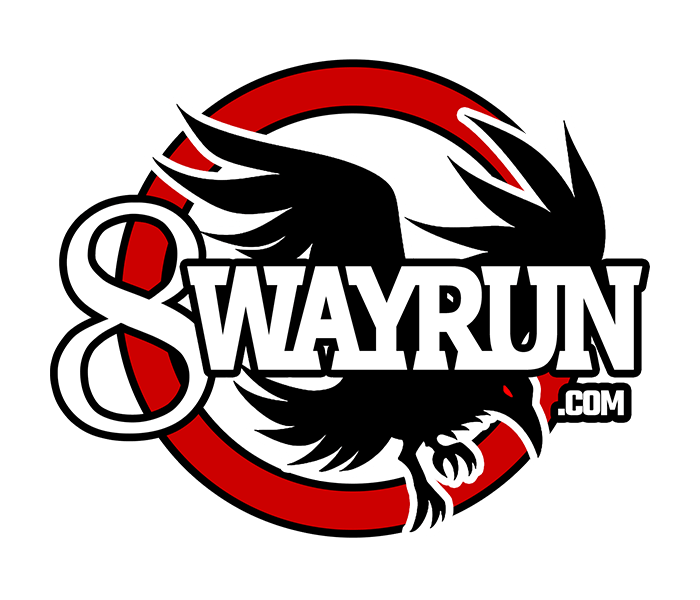Also, one of Bullet's DD's is this:
720+A>720+D>1080+D (costs an extra 50 heat to use the second followup)
Yeah, 2520 degrees (SEVEN full rotations) to use it. Joysticks are going to SNAP.
Fortunately, thanks to the buffering system in BB, this is a lot easier to do than 360 in say, SSF4 or UMvC3.
In general, Blazblue is a pretty easy game to get into compared to other fighters released this generation (with perhaps some exceptions like SC5 or P4A). Although BB has more systems compared to MvC3 or SSF4, a lot that is undercurrent to the flow of the game. Whereas players may have trouble trying to understand the logic of how SSF4's combo system is supposed to work, Blazblue's is intuitively built with a logical flow to it. Many of Blazblue's features are so stealthy and so easy to understand that you don't really need to think about them when your first get into the game. Things like instant-blocking (which has a wide window), throw escapes, universal inputs, escapes and reversals are core to the system, rather than specific to the character.
Many of these systems are neatly packaged into the game such that they are overt, but can be easily seen and understood as a player gains more experience. The home console versions of the series also has a fairly substantial tutorial system (though it still could be a lot better) to better help you understand everything. Much of the way a new player will play Blazblue is through an evolutionary process - more complexity lies with the character you play, rather than the system mechanics. In most cases you'll be fighting the players, not the system, or the character. You can't really say the same for a newbie player trying to understand SSF4's systems, or the inherent complexities of the Tekken series.
As far as characters are concerned. Blazblue has a full roster of largely beginner-friendly characters with a number of characters that are also incredibly complex. More interestingly, is the logic behind move execution is designed in part to a way a character plays. Bang has a large number of DP-oriented motions, because a lot of his game revolves around dashing in and out and maximizing his mobility. Whereas other characters like Hazama require entering a stance to perform several of his special attacks in order to keep players guessing whether he's going mid, overhead, or low.
More recently introduced characters, such as Valkenhayn, Relius, and Platinum don't even feature DP inputs, yet only Valkenhayn is considered as difficult to learn character thanks to his two forms.
Blazblue is also helpful in understanding where an attack comes from and what range its attacking from. Whenever you're hit by an attack that you were unable to block, different colored explanation marks appear indicating what type of attack range it was (red for overheads, yellow for lows, blue for mids/highs catching players in the air). Thus if you couldn't read the attack range, the game will remind you every fight and every time you're successfully hit by an attack what the opponent did. Reinforcing the idea of making sure players learn the game, but it also encourages players to keep the opponent guessing.
BB's balance isn't great. And CS2 and Extend have a number of issues with how limiting the game has become (not to mention some basic system flaws that just couldn't be fixed). It looks like Chrona Phantasma is addressing a number of those issues while introducing some new mechanics. It also appears that every character is going through a major change-up with their move list to keep things fresh. Whether the game will continue to appeal to new players is up in the air, but the larger roster and most of the cast's beginner-friendly characters still there, I suspect it will. Though, keep in mind that while Blazblue is beginner-friendly, its not "the" most beginner-friendly fighting game out there, but its a lot easier to play and learn than any current 2D fighter on the market (with the possible exception of P4A and Smash Bros.)

